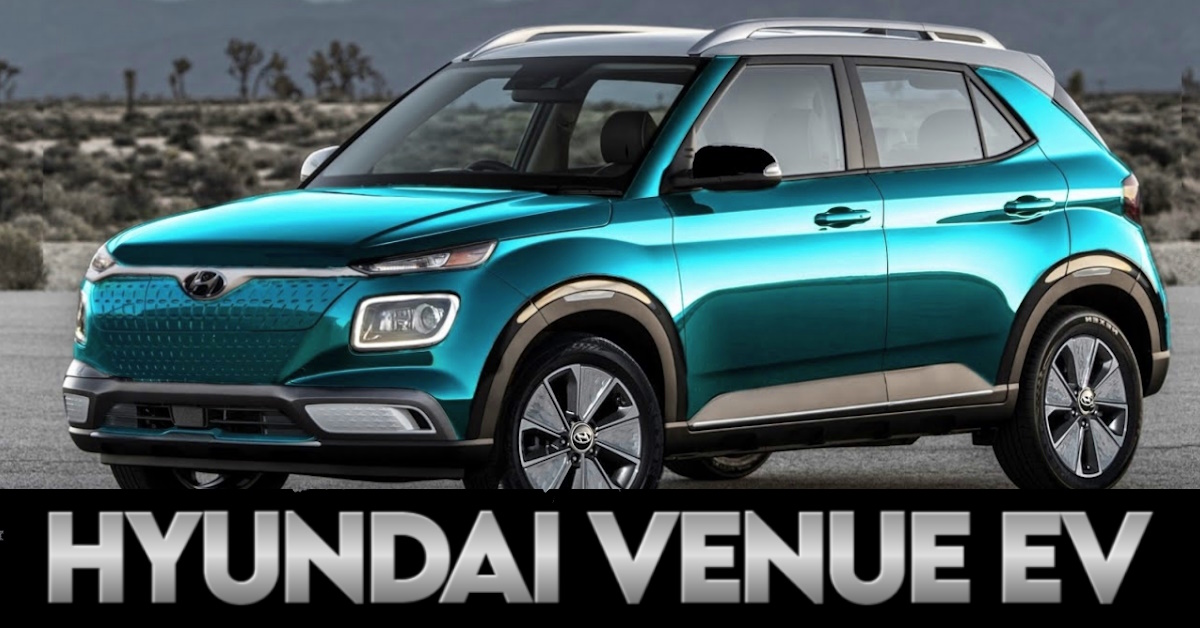Hyundai Venue And Grand i10 NIOS To Get Electric Versions: Details


Hyundai is gearing up to take on India’s best-selling electric vehicles and has plans to launch direct competitors to the Tata Nexon EV and Tiago EV. The Korean automaker has been making strides in the premium EV market with the Ioniq 5, but is now trying to shift its focus to the mainstream EV segment with two key products that will challenge Tata’s dominance in the space: the Venue EV and the Grand i10 NIOS EV.
Hyundai’s upcoming Venue EV will be a crucial entry in the electric SUV space, directly targeting the popular Nexon EV, which has led the market since launch. The Venue EV, based on the existing Venue platform, will likely come with competitive pricing, thus becoming a strong contender in this segment. Going by how big the Nexon EV’s dominance is, Hyundai’s strategy will likely focus on providing more features, driving range, and an affordable price tag to capture buyers.
Spy shots and rumours suggest the Venue Electric will come with distinctive design changes to differentiate it from the ICE version. Expect an EV-specific grille, updated bumpers, reworked lamps etc. The interior will be packed with tech, and likely be just as roomy as the outgoing car. Hyundai might also introduce new EV-specific upholstery.
For the more budget-conscious EV buyers, Hyundai is developing the Grand i10 Nios EV to compete with Tata’s highly successful Tiago EV. The Tata EV, known for its affordability, has seen strong demand in the country, and Hyundai could embrace a similar strategy to bag a win. The Grand i10 NIOS EV will be an electric hatchback designed to appeal to urban dwellers, offering an accessible price without compromising on essential features or practicality.
It will likely come with a practical driving range. The interior is expected to get most features seen on the ICE version, along with a few EV-spec bits. More details on this car are yet to surface.
These two models are part of Hyundai’s broader push to expand its electric vehicle portfolio in India. These are part of the four planned EV launches from the carmaker. The Creta EV will be the first to come. Slated for an early 2025 launch, it will have resemble the current facelifted Creta to some extent. It will get EV-grille, reworked lamps, revised bumpers and new wheels.
On the inside, there will be Hyundai’s new 3-DOT steering wheel, slightly tweaked central tunnel, revised centre console, dual screens, and paddle shifters to adjust regen levels. The vehicle will likely come with a 45 kWh battery pack and will be underpinned by an electrified K2 platform.
After the Creta EV, Hyundai’s next mass-market EV will be the Inster, expected to launch in 2026. This micro SUV will rival the Tata Punch EV. It will be based on the E-GMP platform and likely feature 42 kWh and 49 kWh battery packs.
Hyundai also plans to make significant investments in electric vehicle manufacturing in India, committing Rs 20,000 crore over the next eight years to develop its EV lineup. The company plans to manufacture over 90,000 units annually, including 26,000 units of the Creta EV and 65,000 Insters. This will turn India into a hub for Hyundai’s EV production, positioning the brand as a strong player in the country’s rapidly growing electric vehicle market.